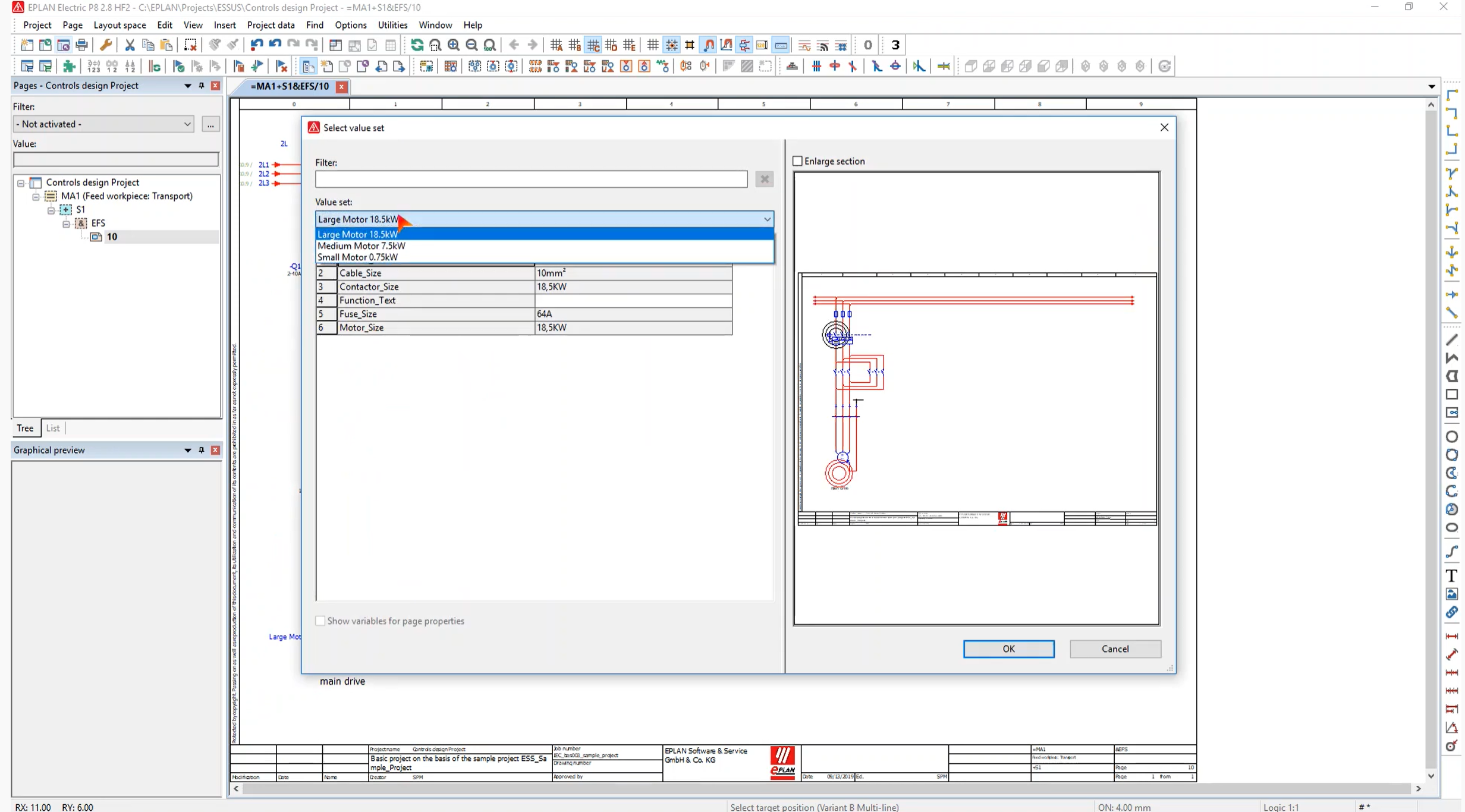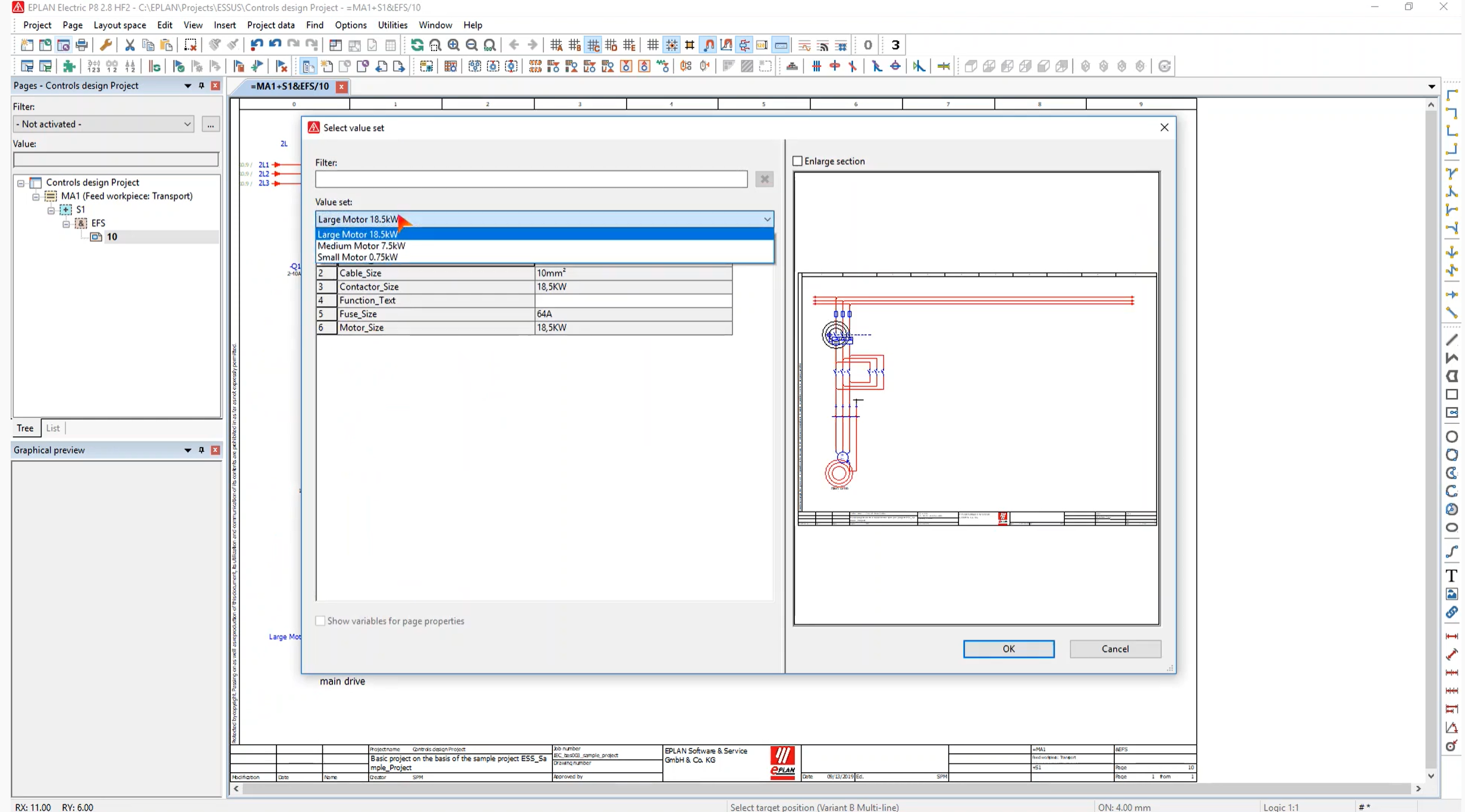Author
 Simon Knibbs
Simon has been working at EPLAN UK for 3 years as an EPLAN Applications Engineer. He started his career in building, services, and moved on to designing and programming early robotics. He then became involved in mechatronic design and PCB layout. Since joining the CAD industry he has always been at the forefront assisting customers. He is a great advocate of value for money and hates to see customers’ investments underutilised through lack of knowledge, configuration skills or investment. He is a firm believer that a consultant’s role is to aid the customer in doing things better, easier and faster. So automation, standardisation and integration into other workflows are his interests.
Knibbs.S@eplan.co.uk
Simon Knibbs auf LinkedIn
Simon Knibbs
Simon has been working at EPLAN UK for 3 years as an EPLAN Applications Engineer. He started his career in building, services, and moved on to designing and programming early robotics. He then became involved in mechatronic design and PCB layout. Since joining the CAD industry he has always been at the forefront assisting customers. He is a great advocate of value for money and hates to see customers’ investments underutilised through lack of knowledge, configuration skills or investment. He is a firm believer that a consultant’s role is to aid the customer in doing things better, easier and faster. So automation, standardisation and integration into other workflows are his interests.
Knibbs.S@eplan.co.uk
Simon Knibbs auf LinkedIn
Smarter engineering with macros and value sets
You will probably want to use certain circuits or pieces of diagrams in future drawings. Of course you don’t want to re-invent the wheel for this part every time. But the old-fashioned cutting and pasting of these parts make your schematics prone to error. That is why it is best to opt for an automated approach by means of macros and value sets: your reusable building blocks for engineering. This makes the drawing process much more efficient and saves valuable time.
Why macros?
You can reuse parts of previously used schematics. You can save a partial-circuit that you want to use again in the future as a macro, which will become your reusable building block. Capturing and reusing these macros can save you valuable time later as you only need to place the macros in the schematic and configure them for the specific systems where necessary. This is how you take the first step towards further automation and configuration of your schematics. Check out this blog for 5 reasons why you should be using macros to create schematics.
This short video shows how macro and the placeholder technology can speed up your design time and improve your engineering efficiency.
Central storage
When you save these building blocks for later use, they must of course be easy to find. Often it can happen that macro circuits are stored locally on a disk. After that it is sometimes an impossible job for you or your colleagues to quickly find them again. You can avoid this and have your macros automatically documented and stored centrally using an EPLAN Macro project. You can then easily change and configure these macros; that way you can simply access your previously used macros, which, thanks to the automatic macro documentation, you do not have to worry about the storage of your macros and components.
Tested Macros
When you have saved these macros, it would of course be a waste of your time if you later discovered a mistake and had to change hundreds of drawings. That is why it is useful to test your macros first: this is possible with EPLAN Macro project. This determines whether all components of your schematic are correct, whether you are still missing items and whether everything is connected correctly. By only working with proven building blocks, you avoid errors when copying macros to your schedules. This not only makes working with macros easier, but also reduces the risk of errors.
Value sets
You can create many different macros that are applicable to certain situations, but you can also summarise all possible scenarios in one building block. An EPLAN Macro project makes it easier for you by adding value sets to your reusable building blocks. A value set is a selection list in which values of components can be determined, for example part numbers, technical characteristics or colour. When the macro is loaded into the schematic, all you have to do is choose the correct value set, after which the correct linked data is automatically completed.
Macros and value sets can make your engineering process faster and more efficient. Would you like to know more about its use? Watch the pre-recorded EPLAN Coffee Break ‘Macros’ and discover more.



Comments